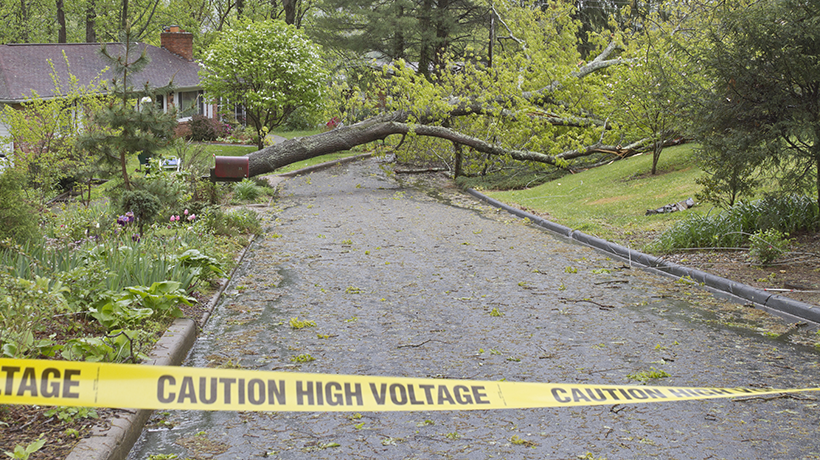For many utilities, vegetation management is a key contributor to overall performance. It’s the largest preventative maintenance expense and is attributed to outage management strategies and overall system reliability. So why does something so important to utilities continue to be managed on paper?
At this year’s EDIST conference in Markham, Canada, Allan Van Damme, director of operations at London Hydro, discussed the benefits of progressing to software platform workflows for vegetation management and how the utility company has been able to better utilize the data collected for analytics and business intelligence to ensure it is more efficient in the future.
A Little About London Hydro
London Hydro has a service area of 421 km2. It works with 3,020 km of power lines within the city of London, Canada, and when it is at its peak, the load is approximately 711 MW. But most importantly for the presentation at EDIST, London is known as the ‘Forest City’.
Why the Urgency?
The city of London is exposed to a higher risk of severe weather because of its location in southwestern Ontario, receiving snow, tornados, lightning/wind storms, and ice storms. Severe weather events can greatly impact utility performance and like many other locations around the world, London has dealt with a higher number of extreme storms in recent years. The main issue with tree management was London Hydro’s existing manual process on paper, which took a lot of time to input the data, had the potential to cause errors, and didn’t allow the utility to see the full picture so it could work towards being more efficient in the future.
Gaining Visibility on Issues for Effective Decision Making
Over the past year, London Hydro chose to leverage some of Hexagon’s solutions to maximize resource allocation, enable crew efficiency, and cut down its paper usage by 1000s of pieces of paper. With this technology, London Hydro is able to leverage GIS queries to identify all large trees within 6m of the pole lines. London Hydro uses the data collected to report and provide management visuals, which allows it to make better decisions. For example, instead of inspecting every area every three years, London Hydro is now able to focus on problem areas and inspect the areas on a more frequent cadence. As a result, London Hydro is also working more closely with the municipality on tree planning and where to plant trees, so it can proactively avoid future vegetation management problems.
Lessons Learned
Through the full process, Allan Van Damme mentioned a number of lessons learned that are useful to other utilities looking to upgrade not only their vegetation management processes but all technology change management within the organization:
- Secure support from executive through proper justification
- Implement a formal project management structure
- Assemble cross-section of stakeholders for the best solutions and implementation
- Expect that some field staff have limited knowledge of computers
- Provide for continuous feedback channel once the solution goes live
If you would like more information about London Hydro’s vegetation management technology solutions or would like to schedule a live demo to see this technology for yourself, please contact me.















